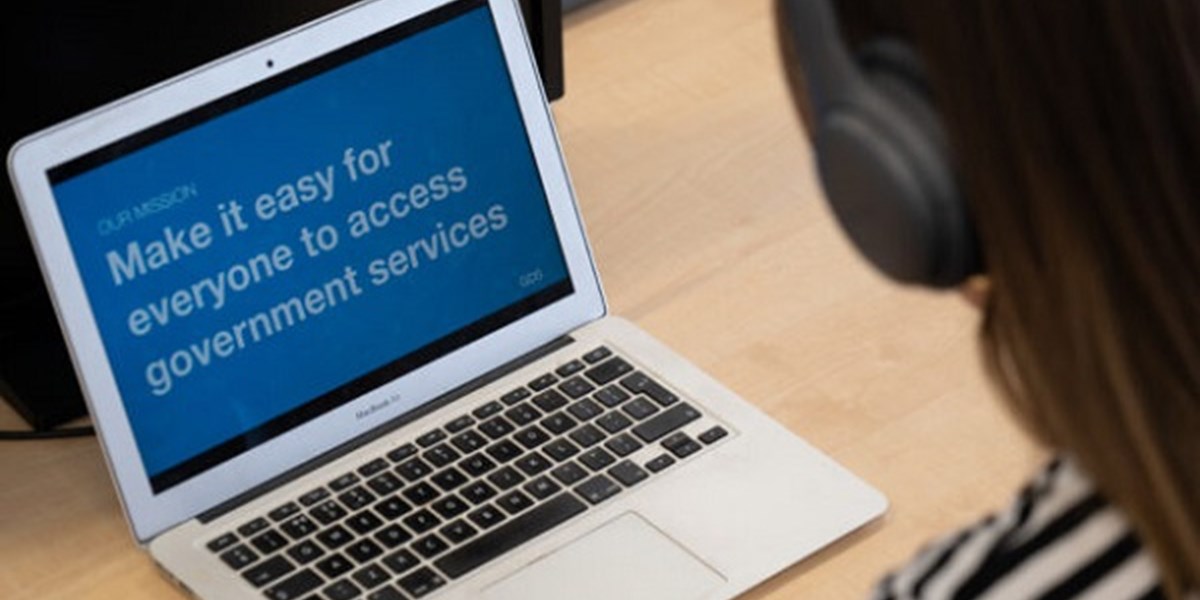
The Disclosure and Barring Service (DBS) will soon become the first to use the new One Login digital identity service for government, the official leading the programme has said.
Natalie Jones, director for digital identity at the Government Digital Service (GDS), referred to the plan while outlining details of One Login at the Think Digital Identity for Government conference in London yesterday.
“We are literally weeks away from launching our first end-to-end authentication and identity journey with the Disclosure and Barring Service,” she said. “This will allow the holders of a passport to apply for an ethic check.
“It’s an important first step into getting our product into the hands of real users, and I will be one of the first to use it.”
DBS had originally been scheduled to begin using One Login in April, but the move has been delayed due to undisclosed reasons.
Last week Heather Wheeler MP, the Cabinet Office minister with oversight of GDS, said five pilots of One Login are scheduled to begin in September.
Different confidence levels
Jones described how One Login will provide services with different levels of assurance depending on the level of confidence needed for a process: from low for services such as checking a state pension, to medium for DBS checks, to high for the Defence Cyber Protection Partnership service.
This reflects the risks associated with the different levels of services, and in choosing the right level departments to walk a line between obtaining the necessary assurance and making identity verification too complex. This has led GDS to aim for a balance between a wide level of assurance while trying to avoid the complexity.
“One of the principles we are applying is something I think of as ‘No unnecessary hoops’,” she said. “This means we only aim to only verify people to the lowest level of assurance needed for them to conclude the thing they are trying to do.”
This provides scope for a person’s level of assurance within the service to grow over time as it is needed to access to further services, when they will be required to carry out further steps.
Another significant aspect is the development of an “app enabled fast lane”, on which GDS has been working with the HM Revenue and Customs (HMRC) to give people with photo ID the ability to prove their identity to a medium confidence level in under 10 minutes through a simple process.
Plans for app use
It will initially be available to HMRC users via the Government Gateway, and by the end of the year should be available to all services using One Login, with an estimated pool of three million people able to use it.
Jones said that the app – which will be available for iOS and Android – is being built incrementally so that at first it will only be able to incorporate an image from a driving licence, but by the end of the year is expected to take in passports and biometric residents permits.
GDS expects the initial success rate for verification using a driving licence will be around 70%, then increase as it takes in passports, then rise further as it extends to biometric chips.
It is also working on other options for people with no photo ID or smartphone, including a face-to-face channel, a vouching service based on work by the Post Office, and knowledge based verification using questions that only the individual will be able to answer correctly.
“We’re also focused on how best to provide user support based on the learnings of other departments,” she added. “We’re investing in a call centre to help people complete their journeys, as well as providing options such as FAQs, video demonstrations and potentially a chatbot.”





